Archaeologists excavating a Roman civilian settlement at Turda, Romania, have unearthed many artifacts, including a rare bronze box with a relief of a classical temple façade. It was found within the canabae legionis—the settlement that developed around the camp of the Legio V Macedonica during its 3rd-century CE stay at Potaissa.
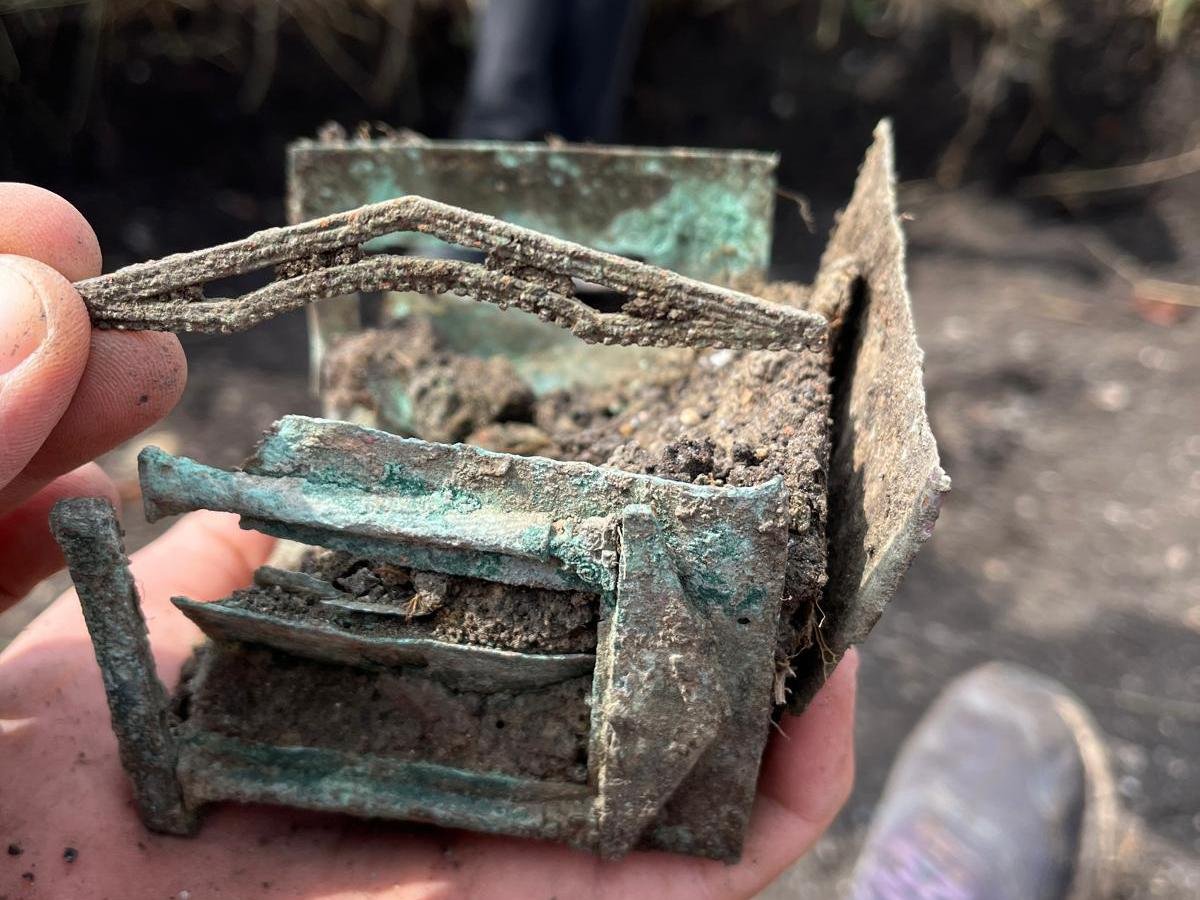
The new excavations, conducted over five weeks beginning in July, were organized by Babeș-Bolyai University of Cluj-Napoca, with specialists from the Turda History Museum and other institutions. Archaeologists excavated four trenches in the civilian area near the former Roman fortress and discovered foundations and remains of masonry from a domus—a Roman-style house. They also documented a portico and two ovens whose precise purposes are still under research.
Among the many artifacts unearthed were coins, personal adornments like glass jewelry, bone hairpins, bronze rings, and belt fittings, as well as decorative furniture items. Most excitingly, however, was the discovery of a zoomorphic-decorated bronze tripod leg—evidence of artistic craftsmanship and domestic wealth. These artifacts tell us about the daily life and material culture of the civilians who lived alongside the Roman military population of Potaissa.
The most striking discovery is the small bronze box, shaped in the form of a temple façade with columns and a triangular pediment. Scholars believe that the object was used in a religious or ritual context, possibly to hold offerings or devotional items. Completely intact and without any known parallels in Roman Dacia, the box is exceptional among artifacts from the province.
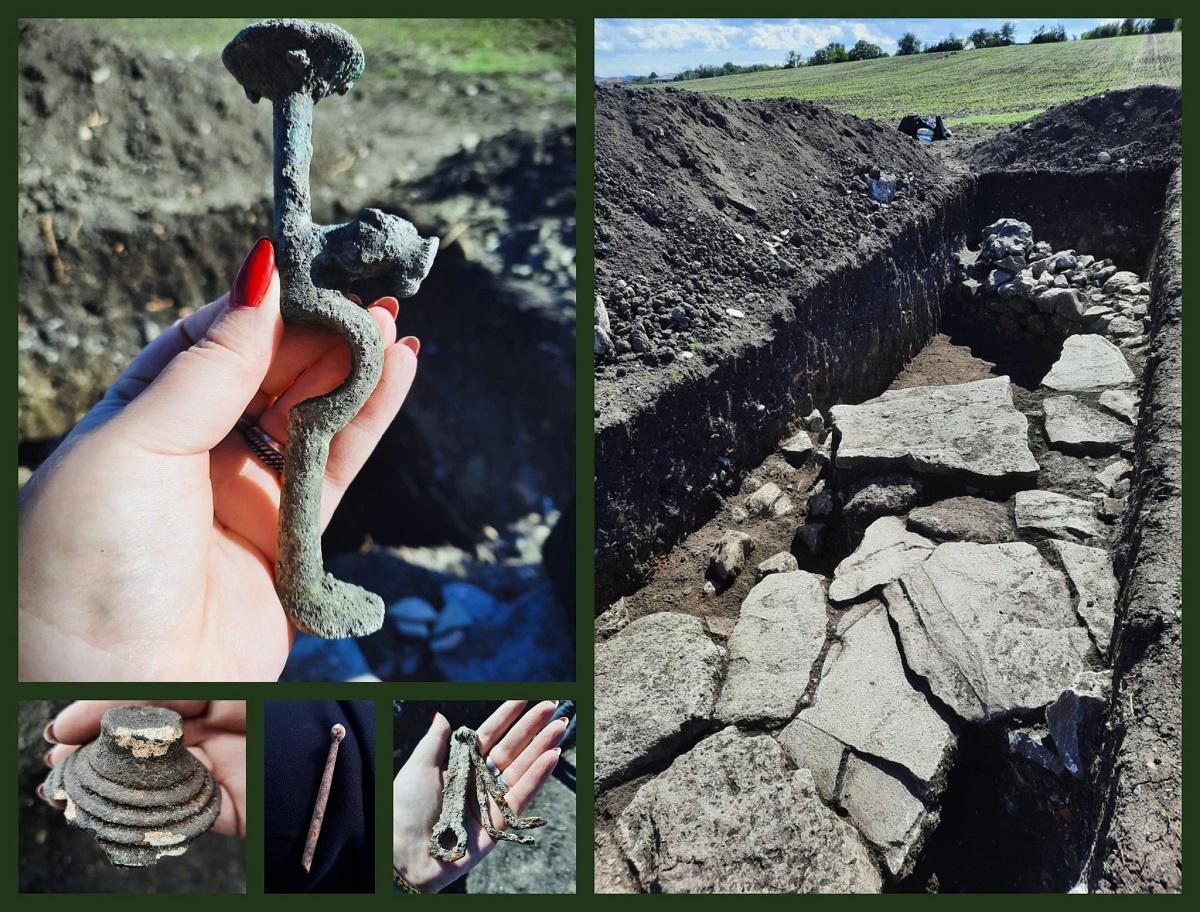
The settlement itself thrived close to the fortress of the Legio V Macedonica, one of Rome’s distinguished legions. Founded around 43 BCE, possibly by Gaius Octavius (later Emperor Augustus), the legion fought in numerous campaigns across the Empire. It fought in the Dacian Wars under Emperor Trajan (CE 101–106), where it played a decisive role, after which it was stationed in Dacia permanently to help consolidate Roman control.
Archaeologists emphasize that the finds of civilian and military material at Turda collectively provide a rich impression of how Romanized life developed on the Empire’s frontier. The domestic buildings, luxurious furnishings, and religious artifacts alike all point to a flourishing civilian population living in close contact with the legionary fortress.
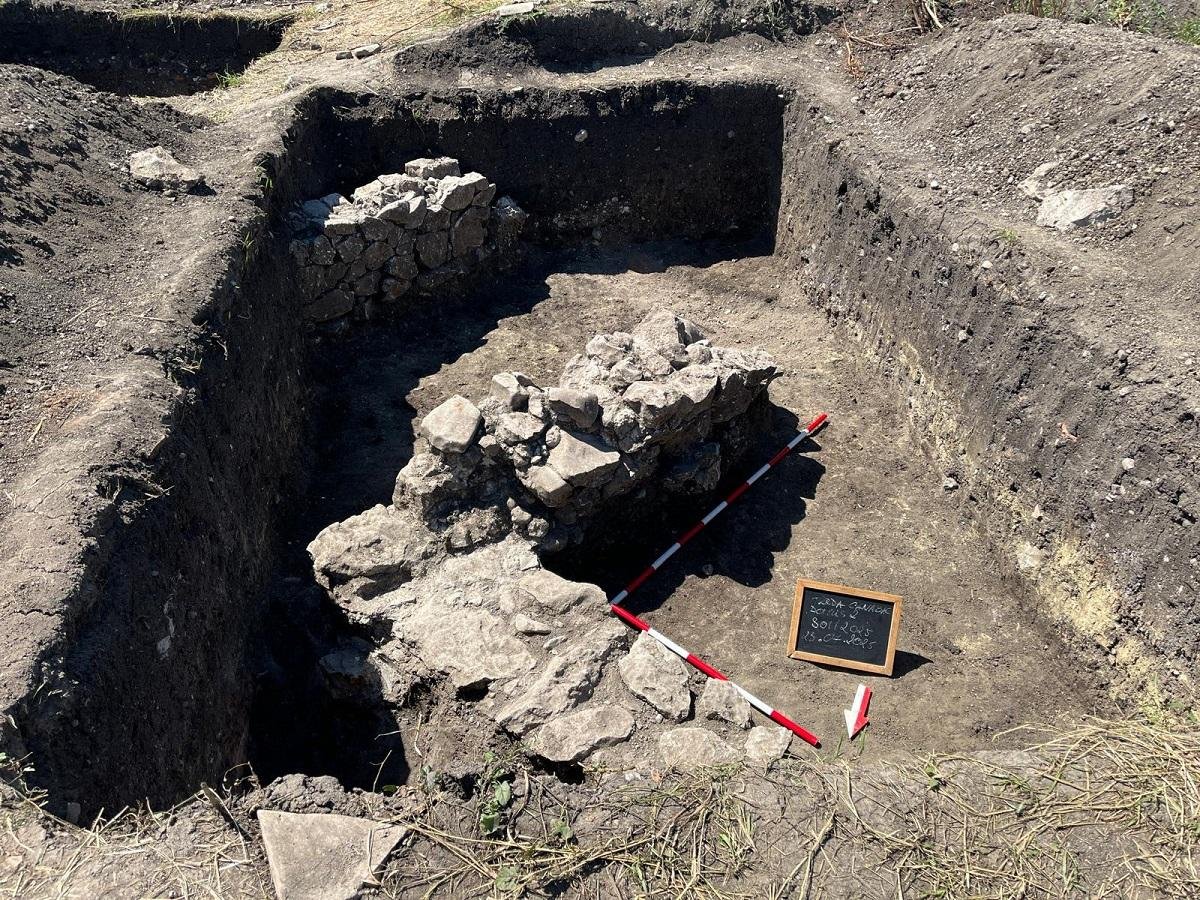
The discoveries not only enhance what is already known about daily life in Roman Dacia but also attest to the enduring cultural influence of the Roman army on the populations that thrived in its shadow.
More information: Turda History Museum



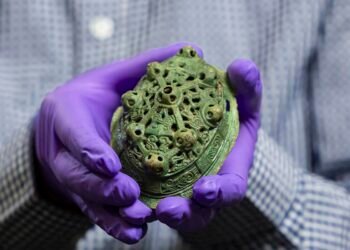
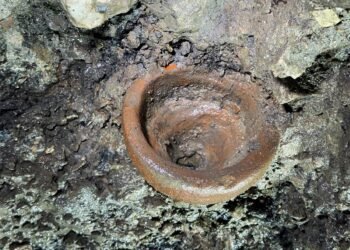

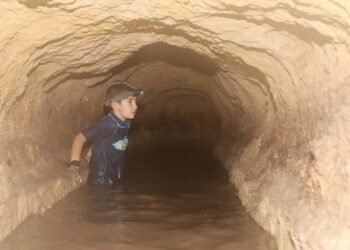
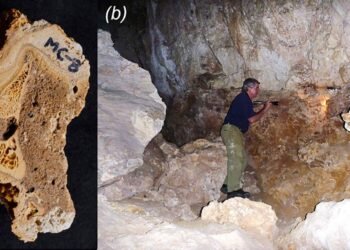
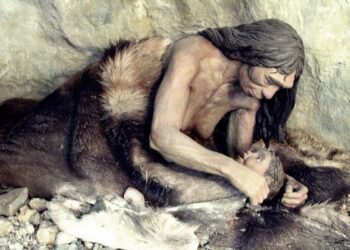















Comments 0